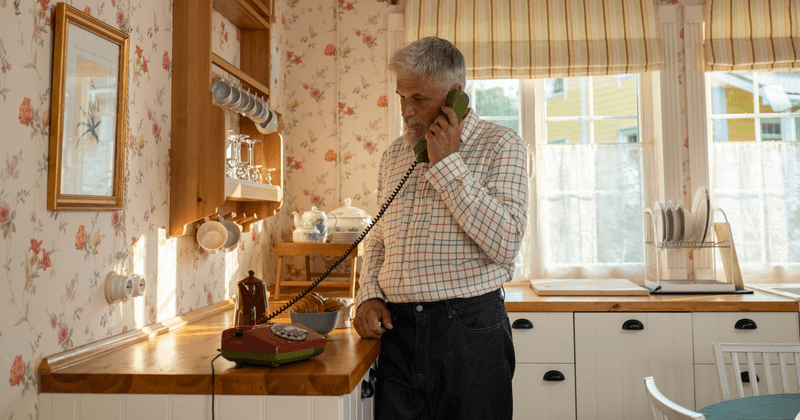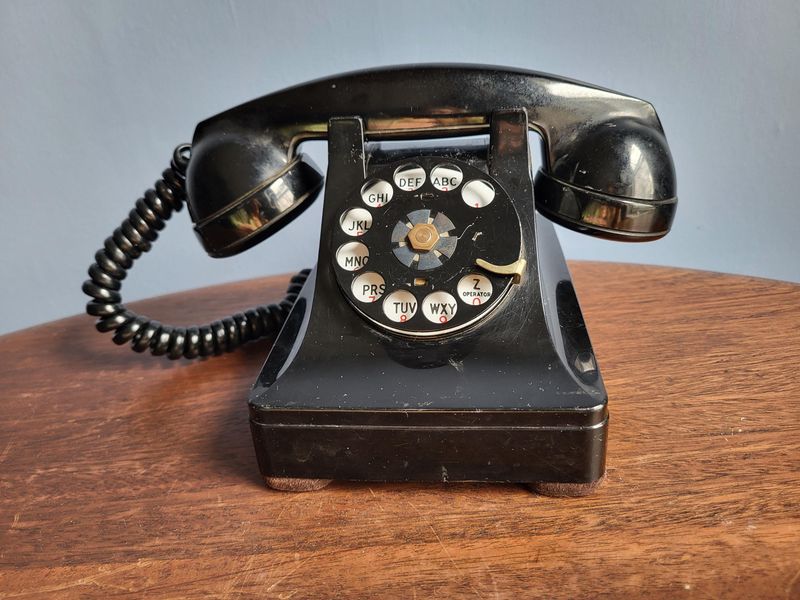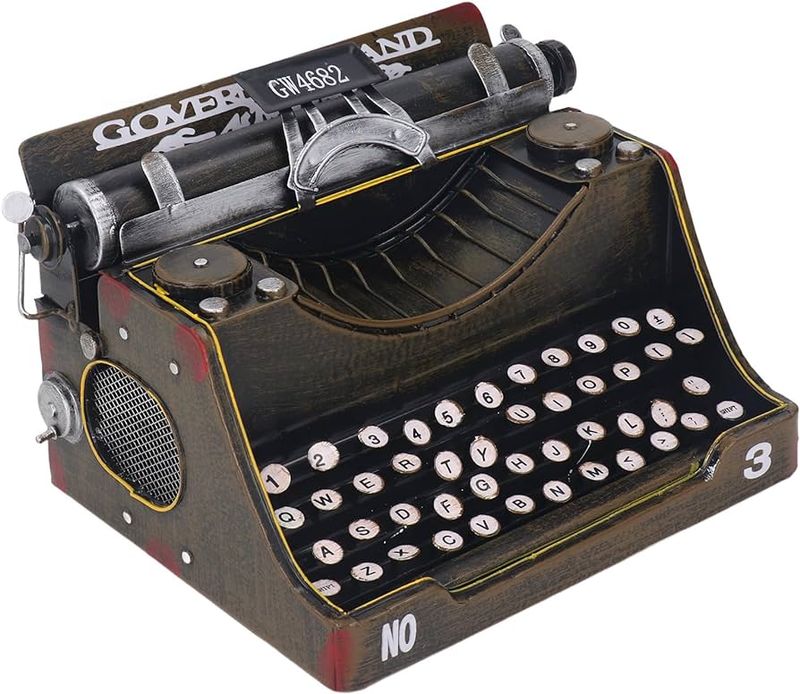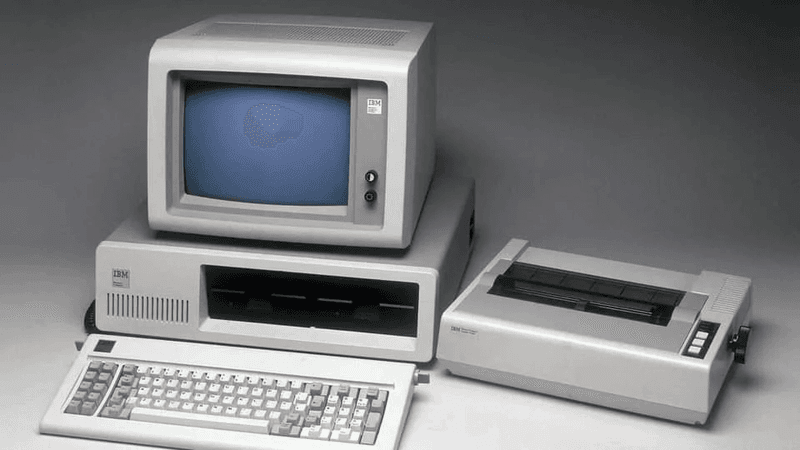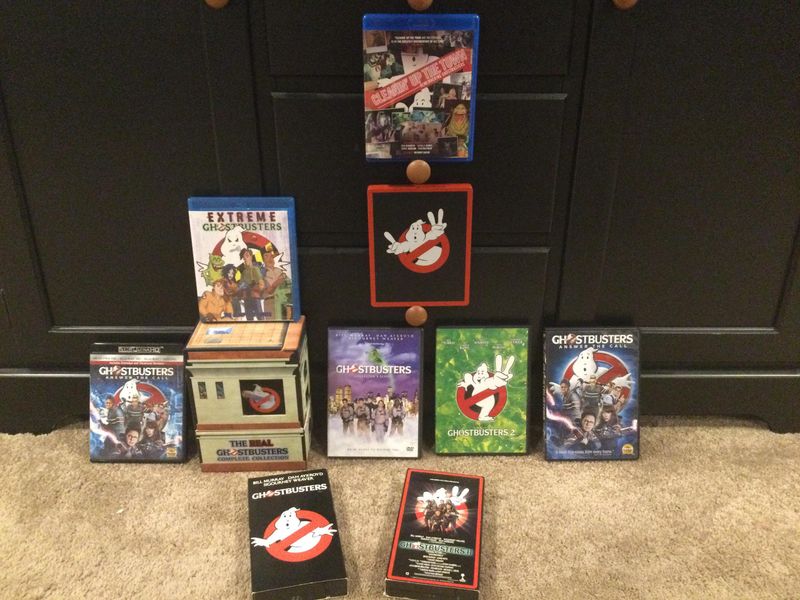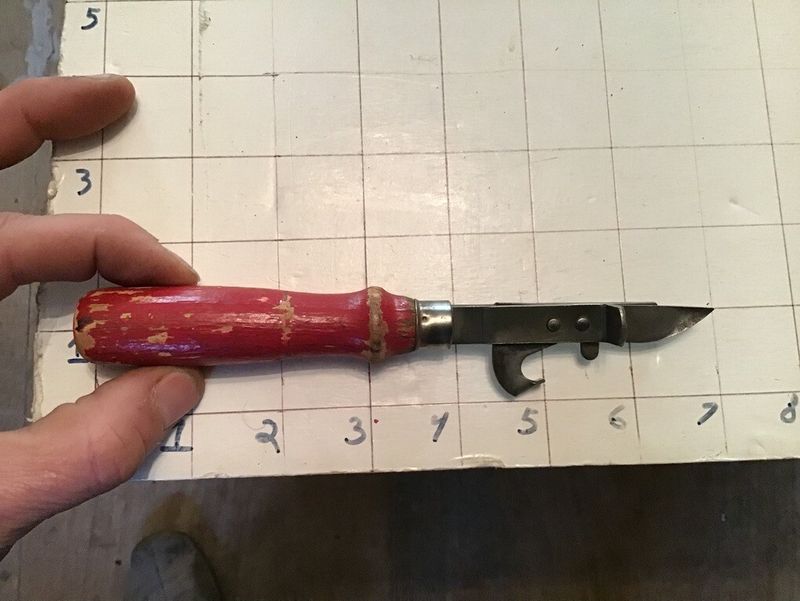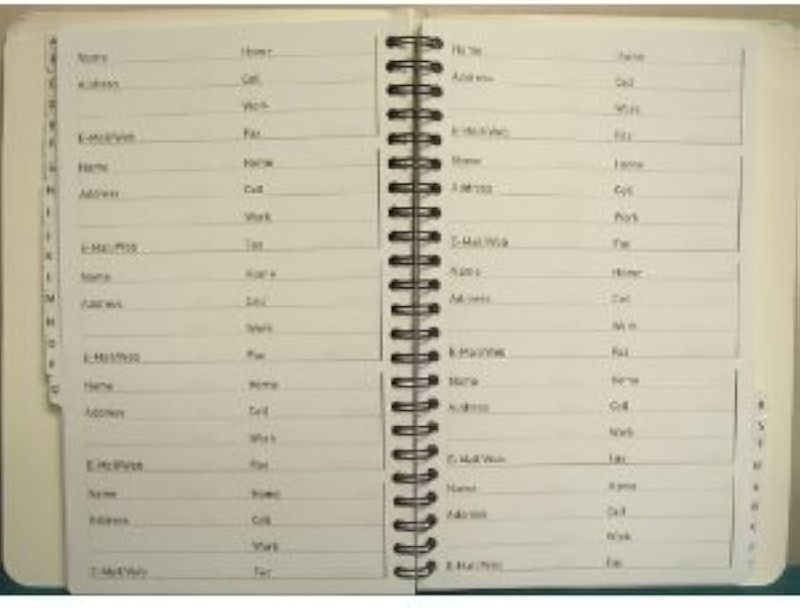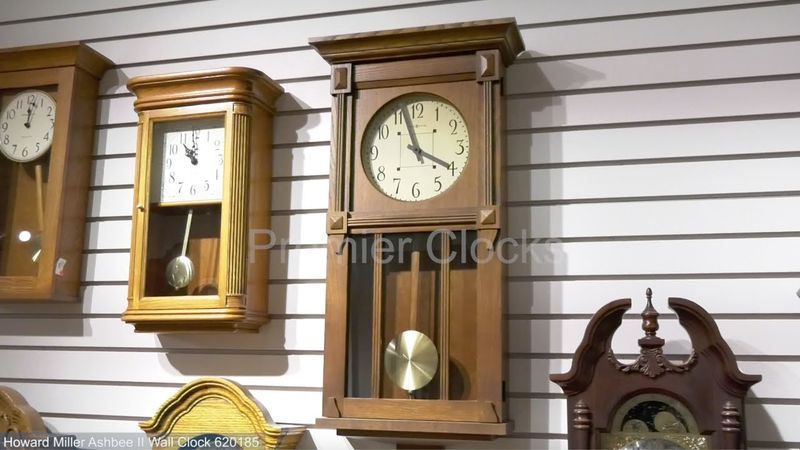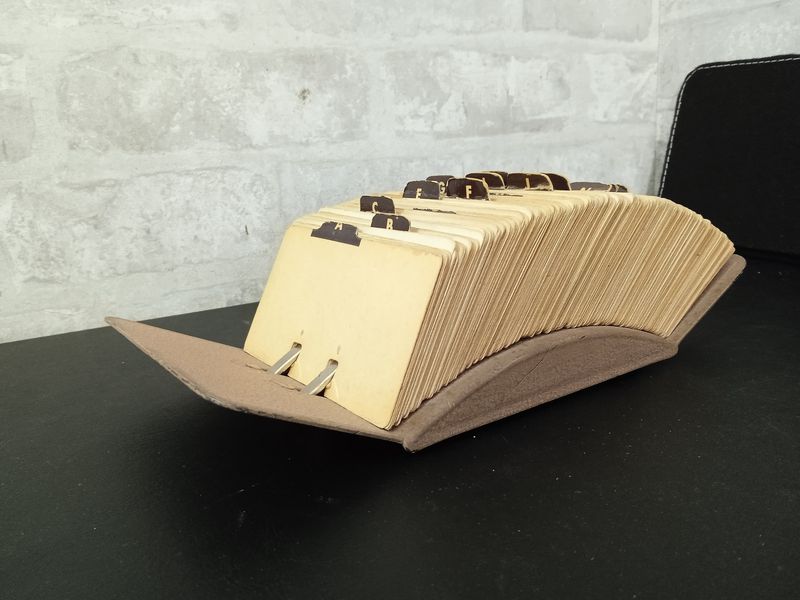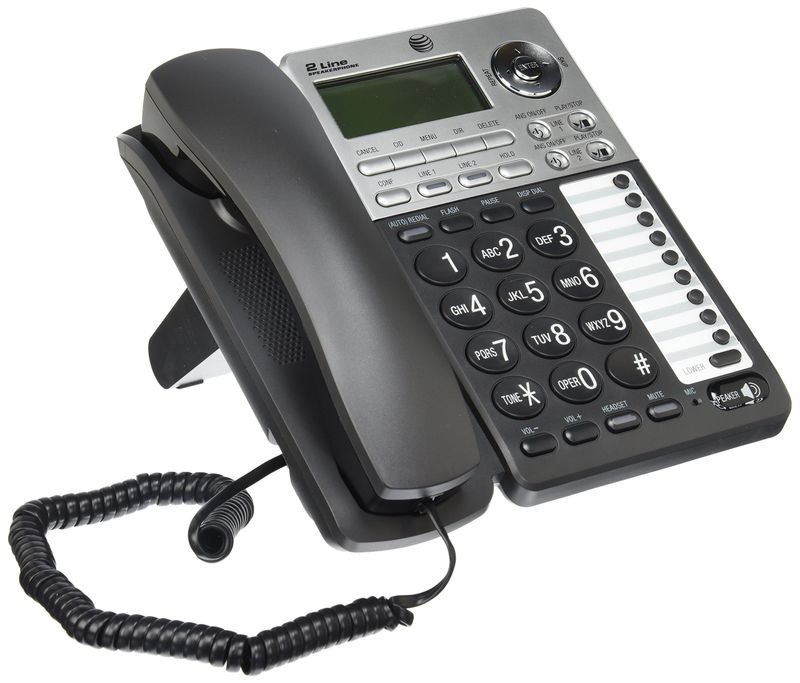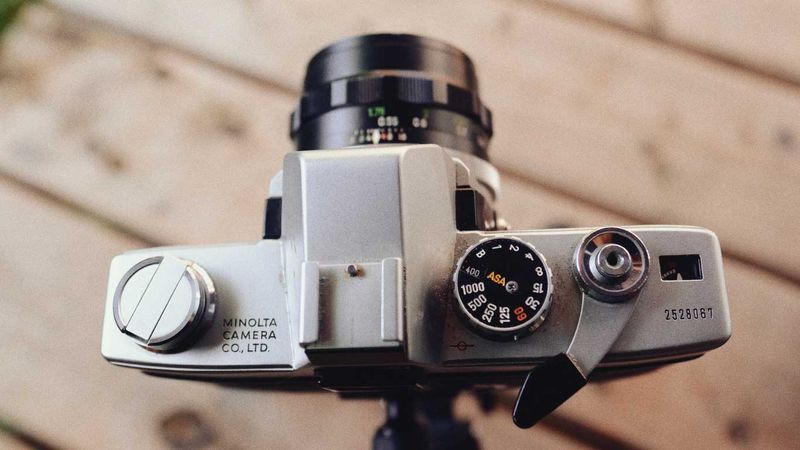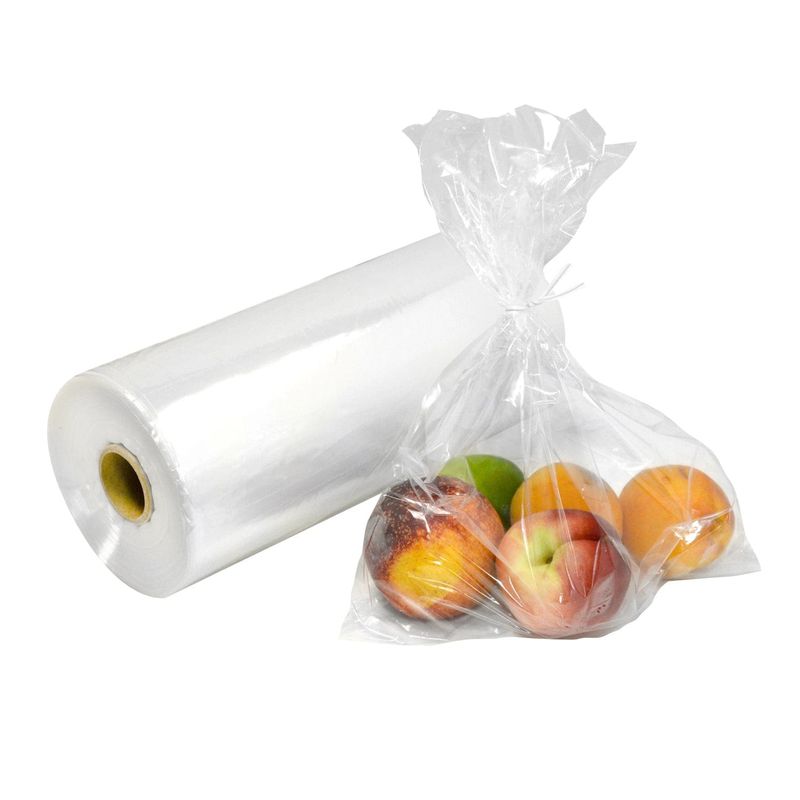You know that feeling when you walk into your parents’ living room and it’s like stepping into a weird time capsule? Not everything in there is quaint or sweet—some of it just makes you stop and wonder, “Why does anyone still own this?”
It isn’t about mocking or shaming, but facing the honest truth that a lot of what filled our childhood homes barely gets touched now. If you’re reading this, I’m guessing you’ve stared at those shelves and closets yourself and thought, “No one uses these anymore.”
We hold onto things for comfort, for nostalgia, and sometimes because tossing them feels like saying goodbye to a piece of ourselves. I get it. It’s time to see what’s really lurking in those cabinets and drawers—because the stuff we keep says a lot about who we are, and where we’ve been.
1. VHS Tapes and VCRs
Ever tried explaining a VHS tape to someone under 20? Their face switches from polite to blank—like you’re describing a relic from a lost civilization. There’s a certain magic in a tape whirring to life, but let’s be honest, most VCRs are gathering dust in the cabinet next to stacks of unlabeled tapes.
I remember the ritual: Friday nights, you rewind after every movie and pray the tape wouldn’t get stuck. Now those tapes sit untouched and quietly remind us of family movie nights and blockbuster late fees. The technology didn’t just move on—it sprinted and left VHS tapes as physical proof we lived before streaming.
What’s wild is how many of these tapes are home movies we never transferred to digital. So they’re not just clutter, they’re time capsules holding pieces of us—if we can ever find a working VCR. Sometimes what we keep is hope for one more watch, even if we know we probably won’t.
2. Encyclopedias
The encyclopedia shelf was once the pride of every living room. Do you remember flipping through those heavy volumes for a school project, tracing your finger down endless columns of tiny print? They made you feel like you owned the world’s knowledge—at least until Google crashed the party.
Now, those sets mostly hold up sagging shelves or serve as makeshift end tables. They’re beautiful, but also impossible to update. The world didn’t just change; it exploded past those leather-bound covers which left them stranded in the past.
I get why no one wants to toss them. There’s something grounding about their weight, their smell, the way they look lined up in perfect order. But if you’re honest, when was the last time anyone cracked one open? They’re more memory than manual, and that’s okay.
3. Landline Phones
There’s something oddly comforting about the ring of a landline. It’s the soundtrack of every childhood dinner—half the time, you didn’t even want to answer, but you always did. Now, the phone’s just a fixture that quietly watches as smartphones take all the calls.
Boomers keep them for emergencies, for habit, or maybe just because no one’s quite ready to cut that last cord. But when was the last time anyone picked up that receiver? From time to time, the only calls are robocalls or wrong numbers.
Still, there’s a stubbornness to letting go. The landline is a symbol, maybe of reliability or just a refusal to let every old thing go quietly. But if you walk through a modern home, the phone lines are silent. The world—your world—has already moved on.
4. Rotary Phones
Have you ever tried texting on a rotary phone? It doesn’t work. But there was a time when dialing required patience, and every number felt like a commitment. These chunky, circular dials are now more museum display than communication tool.
Sometimes you see one in the corner, maybe as a quirky decoration or a nod to how things “used to be.” Truth is, most folks keep them for nostalgia, not utility. It’s a tactile memory: the clack of the dial, the heaviness of the handset, the way it anchored you to one spot.
It’s hard to throw away something that once connected you to everyone you loved. But ask yourself: when’s the last time that phone actually rang for you? Now it just sits, silent and beautiful, a stubborn reminder of a slower world.
5. Typewriters
The clack and ding of a typewriter can still stir up a weird kind of nostalgia. Sometimes I look at those old keys and think about all the stories they hammered into life. But let’s be real: most typewriters haven’t spit out a letter since Clinton was president.
You keep it because it feels romantic, like some Hemingway dream you’ll get back to on a rainy day. However, the ribbon’s dry and the keys stick, and the last time anyone tried to use it, they gave up halfway through a grocery list.
For all their old-school charm, typewriters now collect more dust than words. They’re relics, frozen mid-sentence, tucked away in corners and closets. Maybe someday you’ll type one more letter, but right now, their biggest job is holding on to the past.
6. Fax Machines
Fax machines once sounded like the future. Remember the screech and whirr when a page came through? It felt high-tech—until email made it all look ridiculous. Now, fax machines sit like old pets, loyal but totally outclassed.
Why are they still in basements and home offices? Maybe it’s habit, or maybe no one knows how to recycle them. Every once in a while, you hear someone say, “We might need it.” But deep down, everyone knows that’s not true.
The cords tangle, the toner’s gone, and there hasn’t been a fax worth sending since Friends went off the air. Yet there it is, year after year, hoping for one last beep. In certain moments, letting go is the only upgrade you need.
7. CD Collections
There’s a particular pride in a wall of CDs, like proof you really loved music before it all fit in your pocket. Remember when you flipped through those cases and read lyrics in tiny booklets? Now most of those albums haven’t played since iTunes.
They’re not just music—they’re bookmarks from your past. Every scratched disc and broken jewel case comes with a story. But let’s not kid ourselves: the stereo’s unplugged and your phone does the heavy lifting now.
Some people turn them into art or coasters. Others just let them sit, a rainbow archive of forgotten playlists. The soundtrack is still there, but the format is a memory that gathers dust while Spotify plays on in the background.
8. DVDs and Blu-rays
The ritual of picking a movie from a stack of DVDs used to feel like an event. You’d squabble over choices, hope the disc wasn’t scratched and settle in for a night with popcorn. These days, the pile of cases is just another thing you move to vacuum.
Streaming shut down the physical collection. You don’t need to hunt for a remote—just tap your phone. But calling it quits isn’t easy. Each box holds a little nostalgia, a reminder of when movie night meant press play, not search a catalog.
Regardless, those towers of plastic cases keep shrinking, hiding away in cabinets. Soon they’ll be as rare as VHS tapes. Until then, they stand as monuments to nights spent together, rewinding, fast-forwarding, never quite setting it down.
9. Manual Can Openers
You know that drawer—the one with the manual can opener buried under a tangle of utensils? For years, it was essential. Now, most people reach for electric openers, or skip cans altogether. Yet, the old opener hangs on, sturdy and stubborn.
It’s the kind of tool you keep “just in case.” Maybe you’ll need it during a blackout or a camping trip that never happens. Truth is, it’s mostly a standby that survives kitchen purges because nobody’s sure when they’ll finally toss it.
There’s a specific respect for gadgets that did their job with no fuss. On the other hand, the only thing it opens these days is the door to memories of a different kitchen—one where everything took just a bit more effort.
10. Paper Address Books
Let’s open a time capsule called a paper address book. There’s something real when you see names written in your own hand, little notes in the margins, numbers crossed out and rewritten. But honestly, when was the last time you reached for it instead of your phone?
The book stays for emergencies, for the names you don’t want to forget, or because you feel if you toss it will somehow erase people you once loved. Yet, the pages yellow, the ink fades, and your contacts live somewhere else now—on screens that never need erasing.
It’s a thick act of hope that keeps everyone close with pen and paper. But every time you squint at a number or leaf through for an old friend, you’re reminded how much has changed, and how hard it is to actually let go.
11. Wall Clocks
Wall clocks used to run the whole house. “What time is it?” meant glancing up at that big face over the mantel. Now, time is everywhere—on your phone, your oven, your wrist, even your fridge. The old wall clock ticks on, more decoration than necessity.
Some clocks are loud and remind you every hour that the world’s still moving. Others are silent and blend in, just part of the furniture. There’s something grounding in those slow, steady hands; a rhythm that keeps the house feeling alive.
Nevertheless, most people haven’t set their wall clock in years. It’s frozen at a random hour; keeps the time for a life that’s already moved on. Truthfully, we keep the clock, not for the time, but for the memories it keeps with it.
12. Rolodexes
The snap and spin of a Rolodex was once the sound of business getting done. Every card meant a connection—numbers, addresses, deals made on a handshake. Now, those cards are more artifact than tool. They sit out of sight in a forgotten drawer.
Digital contact lists do the same job in a fraction of the space. Even so, there’s something kind of heroic about a Rolodex: the little tabs sticking out, the careful handwriting, the memories tucked between the cards. It’s a record of relationships, long after the details went stale.
When was the last time anyone flipped through one, looking for a number? It’s a monument to a slower, more deliberate world—a relic of trust, of memory, and of business done face-to-face.
13. Answering Machines
That little red light blinking used to mean excitement—who called while you were out? Answering machines made everyone a detective and you replayed messages just to hear a loved one’s voice. Now, voicemail on your cell does it all, and the old gadgets sit silent and ignored.
Some of us keep them, half-believing the past might call. The tapes still have old messages, maybe a voice you wish you could hear again. It’s not just about utility—it’s about what you want to remember.
It’s hard to justify the space they take up, if we’re being honest. Most haven’t worked in years, but tossing them feels final, like erasing a story. So they sit, blinking or not, waiting for a call that’s never coming.
14. Film Cameras
There’s magic in the click of a film camera. The wait for photos, the surprise of seeing them weeks later—it felt like alchemy. Now, everyone’s a photographer. You snap hundreds of shots a day with your phone and delete the bad ones on the fly.
Once prized for their craft they now gather dust in dresser drawers. You keep it for the memories, or maybe for the fantasy that you’ll pick it up again. But the film’s expensive and the one-hour photo shop is long gone.
Nonetheless, there’s an intimacy in what’s left behind: faded snapshots, thumbprints on prints, the awkward beauty of imperfection. The camera stays because it’s more than a machine; it’s a box full of ghosts and good times.
15. Plastic Bag Storage Bags
Open any boomer’s pantry and you’ll find the plastic bag of plastic bags. It’s almost a family joke at this point—how many do you really need? Once, they were useful for everything: lunches, trash, dog walks, you name it. Now, stores push reusable bags and we’re all supposed to be saving the planet.
Somehow, the stash never gets smaller. You try to use them up, but they multiply behind your back. The bag of bags becomes a monument to “just in case,” a habit that outlived its usefulness.
It’s hard to let go of something that used to solve so many problems. But deep down, you know you could toss half the pile and never miss them. Maybe next year. Or the year after that.




